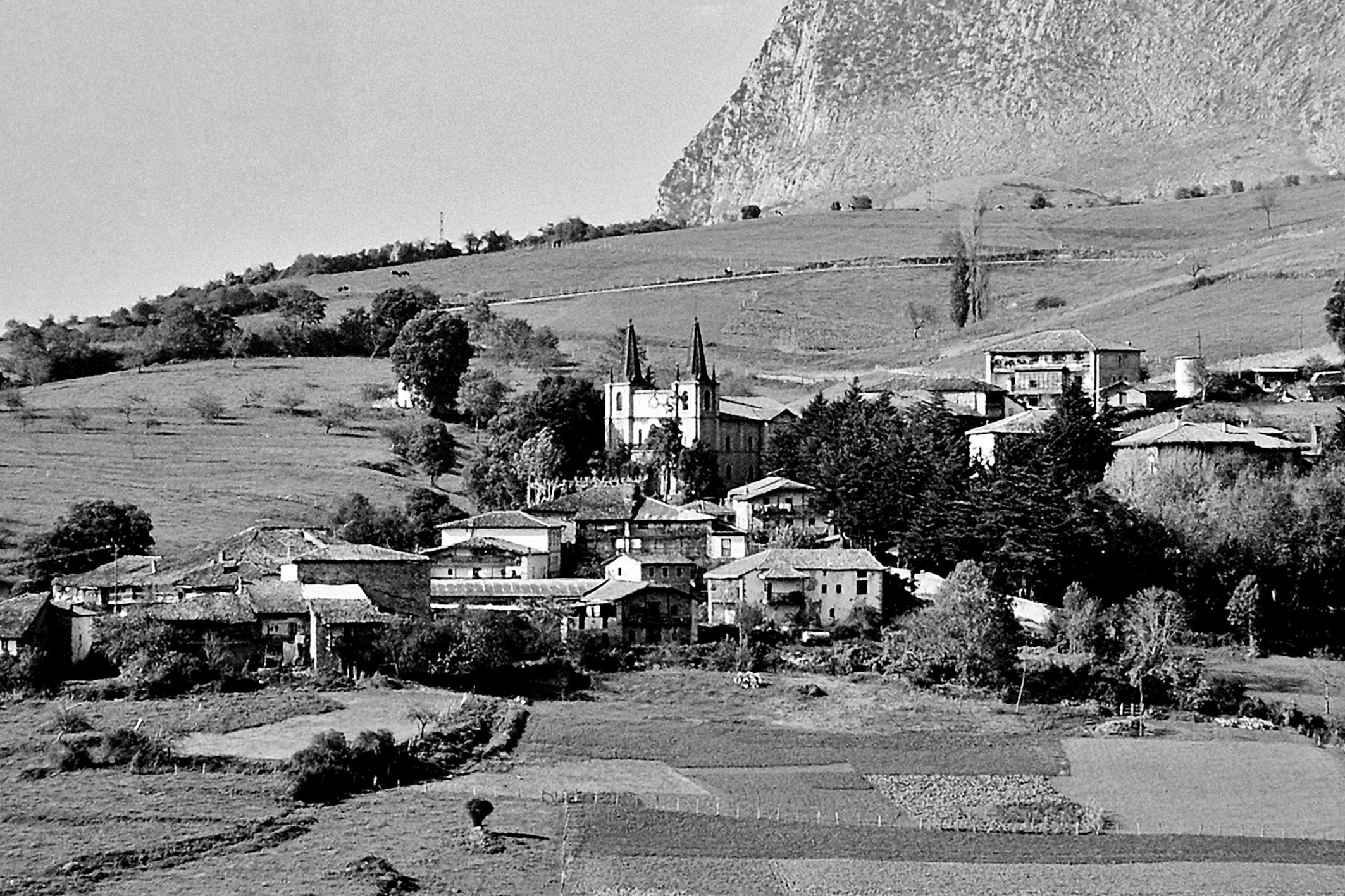Basque ethnography at a glance
During the 1940s in the Valley of Carranza, a group of youth from the neighbourhood of Biáñez used to go around asking for alms on 28 December, the Feast of the Holy Innocents.
On that day the young girls paraded house to house and door to door in the neighbourhoods of Biáñez, Bollain and Paules, all three administered by the parish of Biáñez, reaching sometimes as far as Ranero and Santecilla, neighbourhoods that belong to the parishes with the very same names and somewhat removed from their place.
Accompanied by the parish priest, the group was led by a young girl dressed as the Virgin Mary riding a female donkey and holding in her arms the figure of Jesus from the Nativity scene at the parish church. Another girl, this one dressed as Saint Joseph, leaded the animal with a rope.
During their wassailing tour they stopped at every house door to sing a little song:
Somos los niños de Biáñez,
los santos inocentes que paramos aquí
y venimos a pedir
un huevo, una perra o un trozo de pernil.
(We are the children of Biáñez, / the holy innocents who stop here / and come to ask / an egg, a coin or a piece of jam.)
Following the singing the image of Baby Jesus was offered for kissing to the inhabitants of the houses who came out to hand their charitable contributions, usually edibles and perhaps some money. A few days later in the sitting room of the parish house, they shared what they had received.
Traditional wassailing is no longer practiced since 1960. In the years thereafter schoolgirls from Biáñez would wassail their way singing Christmas carols sometime between Christmas Eve and New Year’s Eve.
Several days prior to the festive season, the girls headed for the church after school to rehearse. On the chosen day they visited the houses of the neighbourhoods of Biáñez and Paules and sang Christmas carols before the Nativity scenes displayed in them. Days afterwards local households were presented with figures for their mangers.
Miguel Sabino Díaz – Etniker Bizkaia – Etniker Euskalerria Groups
Translated by Jaione Bilbao – Language Department – Labayru Fundazioa
Reference for further information: Rites from Birth to Marriage, part of the Ethnographic Atlas of the Basque Country collection.



